Frequently Asked Questions
1. What is custom knife making?
2. What distinguishes Damascus Steel from other types of steel?
3. What are the key steps in the custom knife making process?
4. How should I maintain my custom knife?
5. How can I get started with custom knife making?
Custom knife making is an ancient art form that combines creativity, craftsmanship, and engineering. From the moment a blade begins to take shape, it tells a unique story of the artisan behind it. Whether you are looking to create a custom piece for yourself or a gift for a loved one, the journey of crafting knives offers passion and purpose. This blog will explore the intricacies of custom knife making, with a special focus on the beautiful and versatile Damascus Steel. So sharpen your skills, and let’s dive into the world of blades!
The History of Knife Making
The creation of knives can be traced back to ancient civilizations. Early human beings utilized materials they found in nature—bones, stones, and eventually metals—to craft tools for survival. As societies evolved, so did the methods and materials used in knife making:
- Stone Age: Primitive knives made from flint and other types of stone.
- Bronze Age: Introduction of bronze knives, marking the first use of metal in cutlery.
- Iron Age: The advent of iron blades, which were stronger and more durable than their predecessors.
- Modern Era: Introduction of various metals, alloys, and techniques such as Damascus Steel for higher performance and aesthetic appeal.
The Process of Custom Knife Making
Creating a custom knife is a meticulous process that encompasses multiple steps. Understanding this process is essential for anyone interested in venturing into custom knife making or appreciating its beauty:
1. Selection of Materials
The foundation of any great knife lies in its materials. The choice of steel is crucial; among various types, Damascus Steel stands out for its compelling patterns and superior properties. It consists of layers of different steels forged together to create a blade that is not only striking in appearance but also exceptionally strong and resilient.
2. Designing Your Knife
Before starting the forging process, a design must be established. This includes the blade shape, length, style of the handle, and any specific features you desire. Custom designs can incorporate ergonomic features, embellishments, and unique aesthetics that reflect the artisan's style or the owner's personality.
3. Forging the Blade
This step is where the magic happens. The selected steel is heated in a forge until it reaches a malleable state. If made from Damascus Steel, proper technique is essential to achieve the desired patterns. The blade is then hammered into shape, and the artisan carefully works it to achieve the right thickness and taper.
4. Heat Treatment
Heat treatment is critical for enhancing the blade's hardness, toughness, and edge retention. The blade is heated and then quenched in oil or water, and subsequently tempered to relieve stresses within the metal. This is an art in itself, particularly with Damascus Steel, as improper treatment can lead to a brittle blade.
5. Finishing Touches
After the blade has cooled and has undergone treatment, it is ground to its final sharpness and polished to perfection. Different grits of sandpaper or polishing compounds can be used, depending on the desired finish. This is where aesthetics can be highlighted, making the unique patterns of Damascus Steel come to life.
The Importance of Handle Design
While the blade is essential, the handle is equally important in custom knife making. A well-designed handle ensures comfort and control during use. Materials can vary greatly, from wood and synthetic materials to metals. When crafting the handle, factors such as grip, balance, and style should be taken into consideration. Integrating handle designs with the blade can create a cohesive and artistic piece.
Choosing Handle Materials
Some popular handle materials include:
- Wood: Offers natural beauty and warm aesthetics.
- Micarta: A durable synthetic material that is moisture-resistant.
- G10: A composite material that provides excellent grip and is stress-resistant.
- Metal: Can be used for decorative handles or functional ones.
Knife Maintenance: Preserve Your Craftsmanship
Investing time and effort into creating a custom knife means you will want to maintain it carefully. Proper maintenance can ensure that the blade lasts for generations. Here are some key tips:
Cleaning
After each use, wipe down the blade with a cloth to remove moisture and debris. For a thorough clean, mild soap and warm water can be used. Never place your knife in the dishwasher, as it may damage the edge or the handle.
Sharpening
Keeping the blade sharp is essential for performance. Use a good quality whetstone or a professional sharpening service if you’re unsure about sharpening. Always maintain the angle while sharpening to avoid compromising the blade’s integrity.
Storage
Store your knife in a safe place when not in use. A dedicated knife sheath, magnetic strip, or knife block can protect the blade from damage and keep it out of reach of children.
The Community of Knife Makers
The world of custom knife making is rich with community. There are numerous forums and social media groups where amateurs and experts alike share their experiences, techniques, and inspirations. Connecting with other knife makers can provide guidance and foster a supportive network for both newcomers and seasoned artisans.
Workshops and Classes
For those looking to immerse themselves further into the art of custom knife making, consider attending workshops or classes. These can be found both online and through local craft schools. Hands-on experiences with experienced artisans provide invaluable insights into various techniques, including the principles of working with Damascus Steel.
Exploring the Aesthetic Values of Custom Knives
The beauty of a custom knife is often as significant as its functionality. Many makers incorporate artwork into the blade, handle, or both. This could involve:
- Engraving: Personal designs or patterns can be engraved into the blade or handle.
- Inlays: Precious metals or materials, such as mother-of-pearl or turquoise, can enhance the visual appeal.
- Finishes: Unique finishes can add character and distinction, showcasing the natural beauty of Damascus Steel.
The Future of Custom Knife Making
As the passion for custom knife making continues to grow, new technologies and methods emerge, making the craft more accessible than ever. From CNC machines to advanced metallurgical techniques, artisans are exploring unprecedented realms of creativity and efficiency.
However, while technology can aid the process, the essence of knife making remains rooted in tradition and artistry. This balance between innovation and craftsmanship is crucial as new generations take up this age-old craft.
Getting Started with Your Own Custom Knife
If the world of custom knife making has intrigued you, why not take the first step? Here’s a quick guide to get started:
Research
Read books, watch videos, and join online communities. Learn the basics and get familiar with the tools and materials used in knife making, particularly with steel types, including Damascus Steel.
Acquire Tools
Invest in basic tools; a forge, anvil, hammer, and grinders are essential for starting. As you develop your skills, you can expand your toolkit to include specialized equipment.
Practice
The best way to learn is by doing. Start small. Create practice knives and work your way up to more complex designs. Experiment with different strategies to develop your distinct style.
The Lasting Legacy of Custom Knife Making
The journey of custom knife making is more than just a hobby; it’s a lasting legacy. Each knife crafted carries with it a story, a passion, and a commitment to craftsmanship. Through the use of materials like Damascus Steel, artisans not only create functional tools but also art pieces that can be passed down through generations. As you embark on your custom knife-making adventure, remember that it requires patience, dedication, and a love for the art. So don your apron, ignite that forge, and let your creativity flow. Your blade awaits!


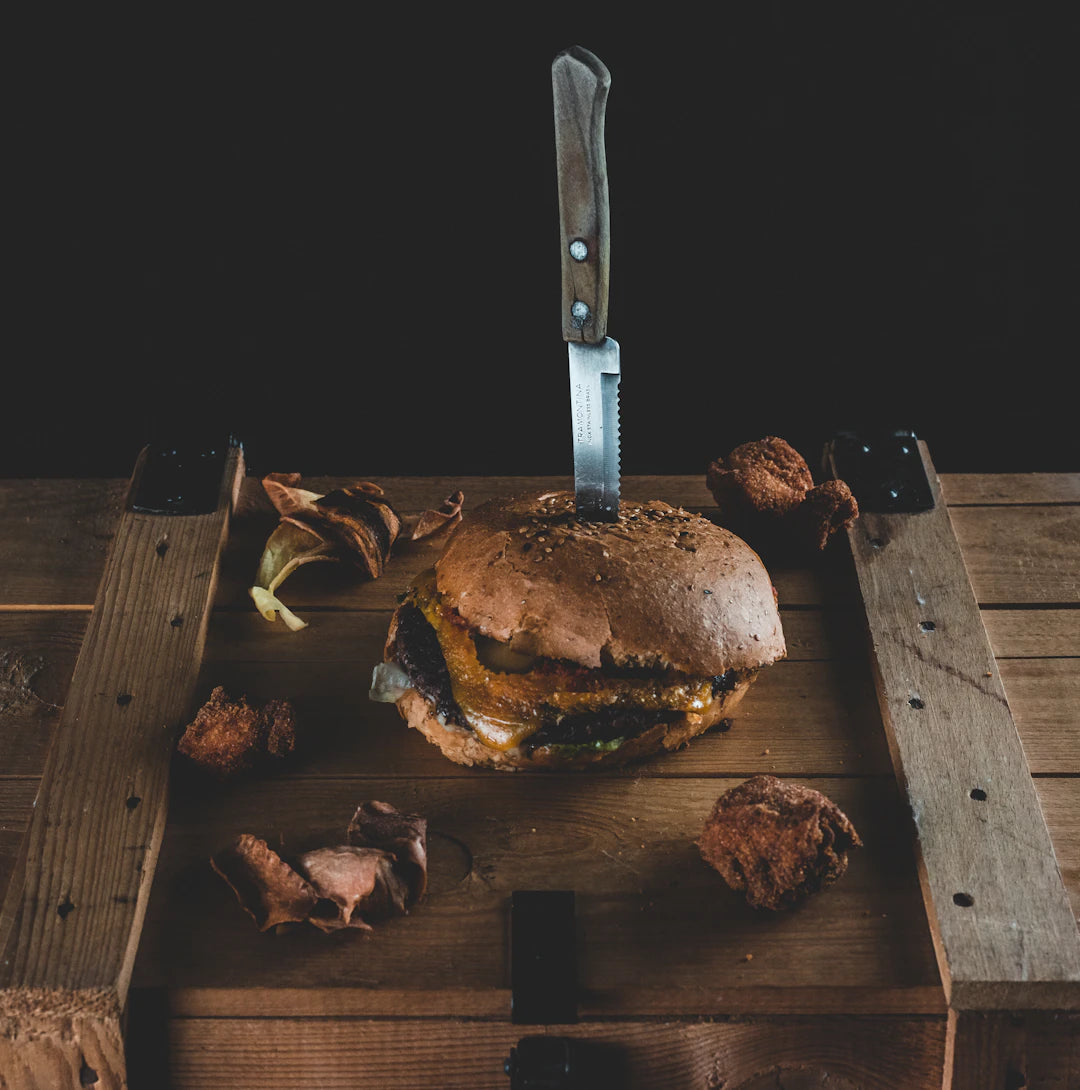





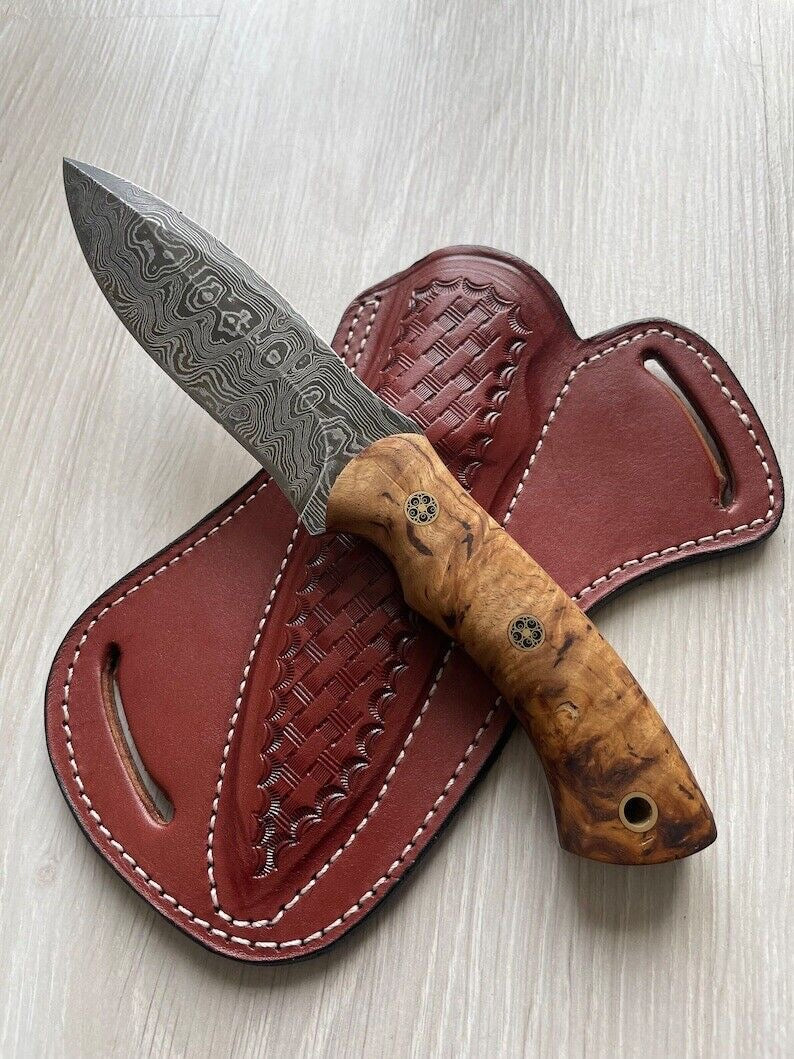
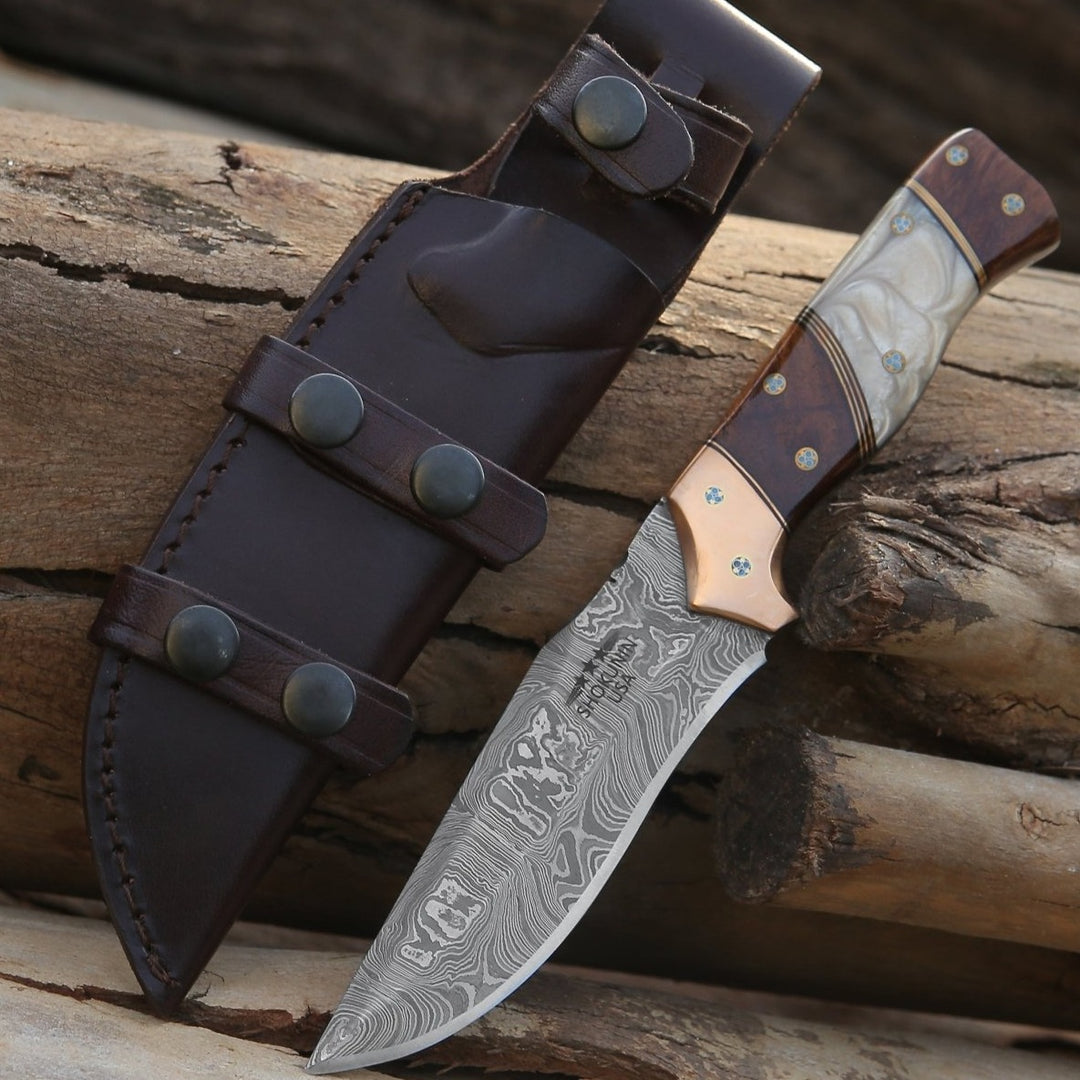
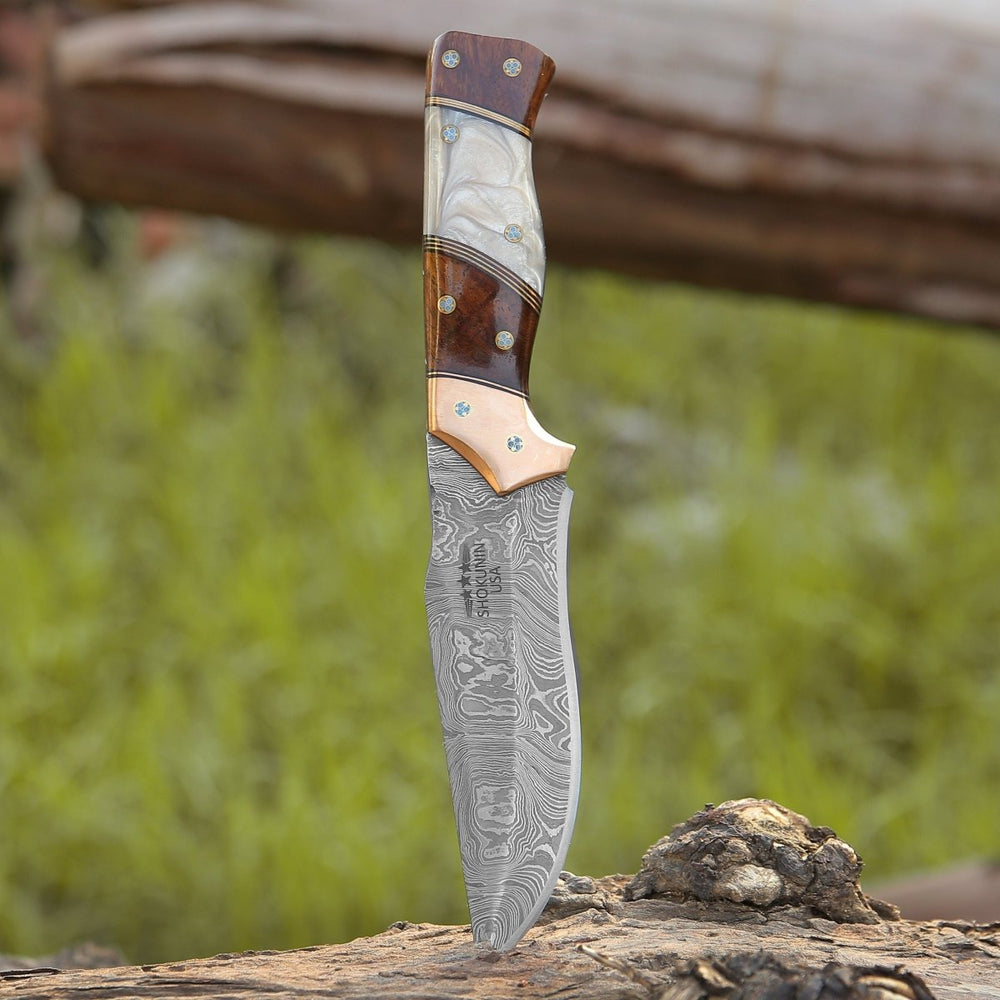
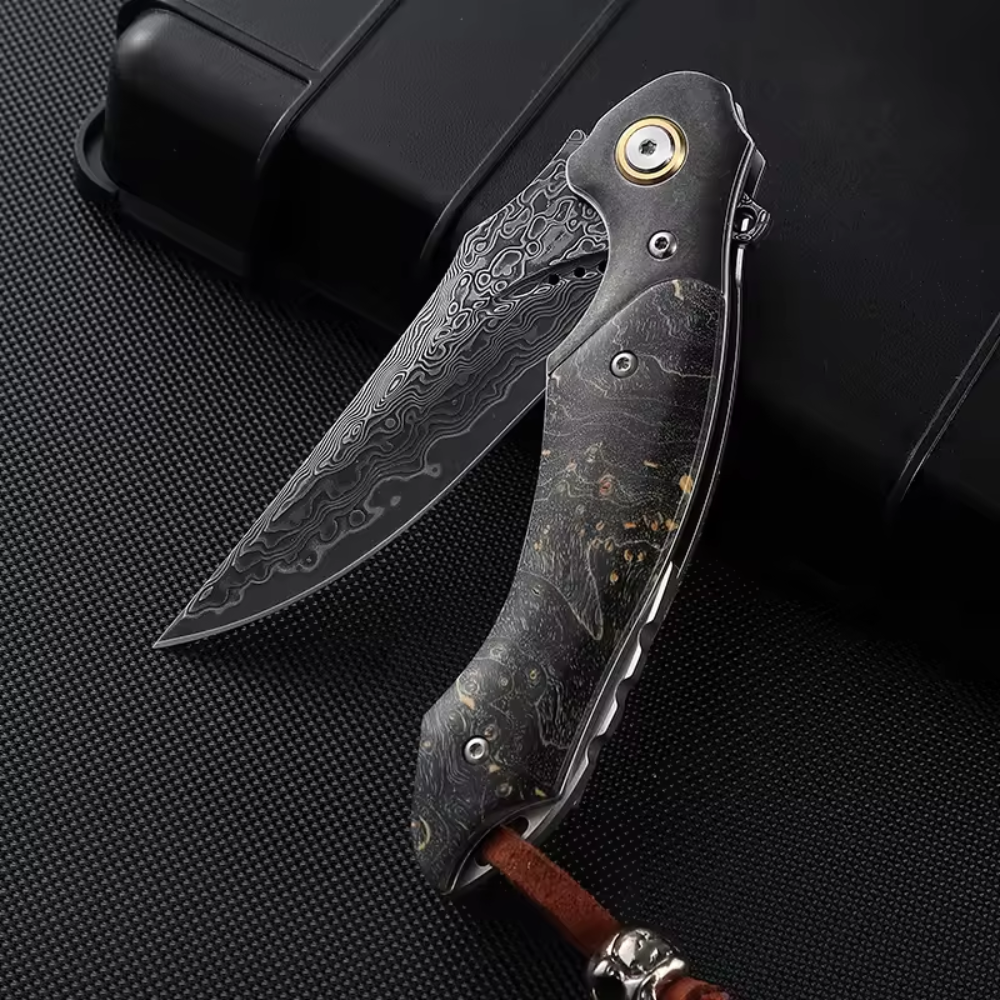
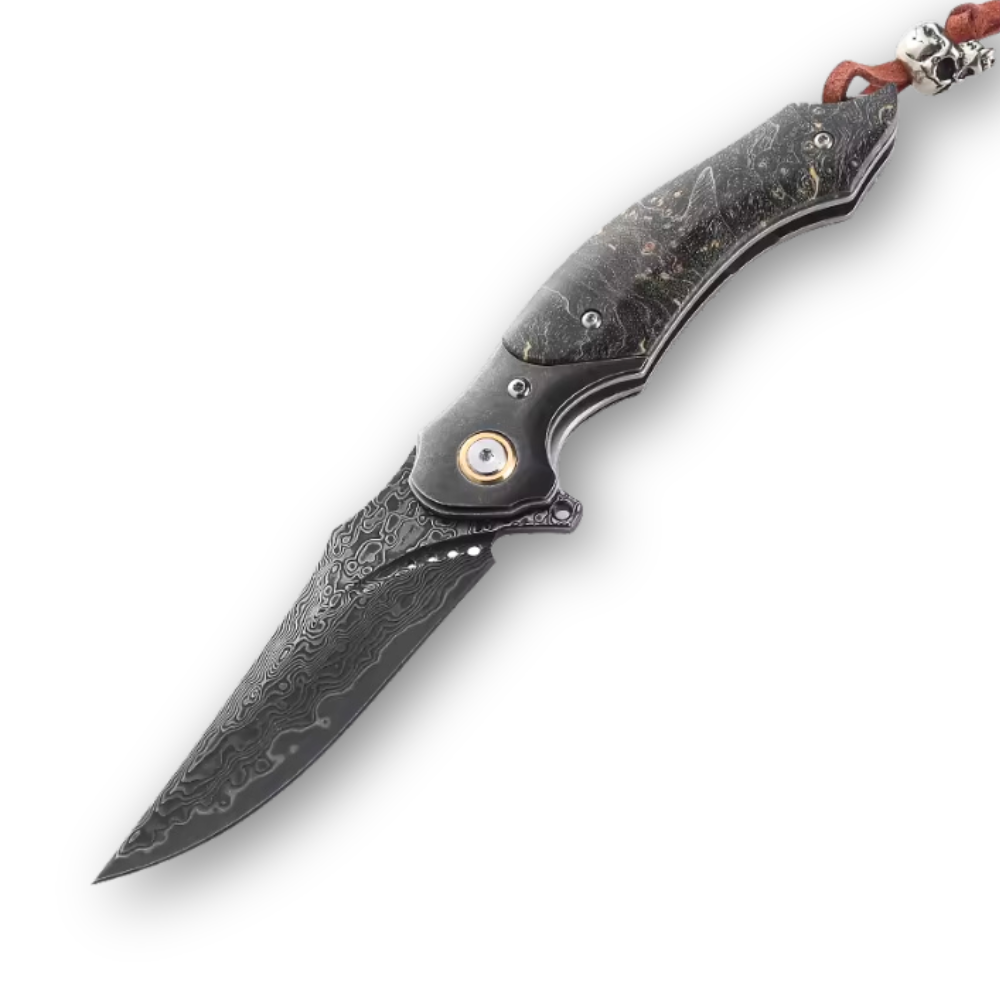
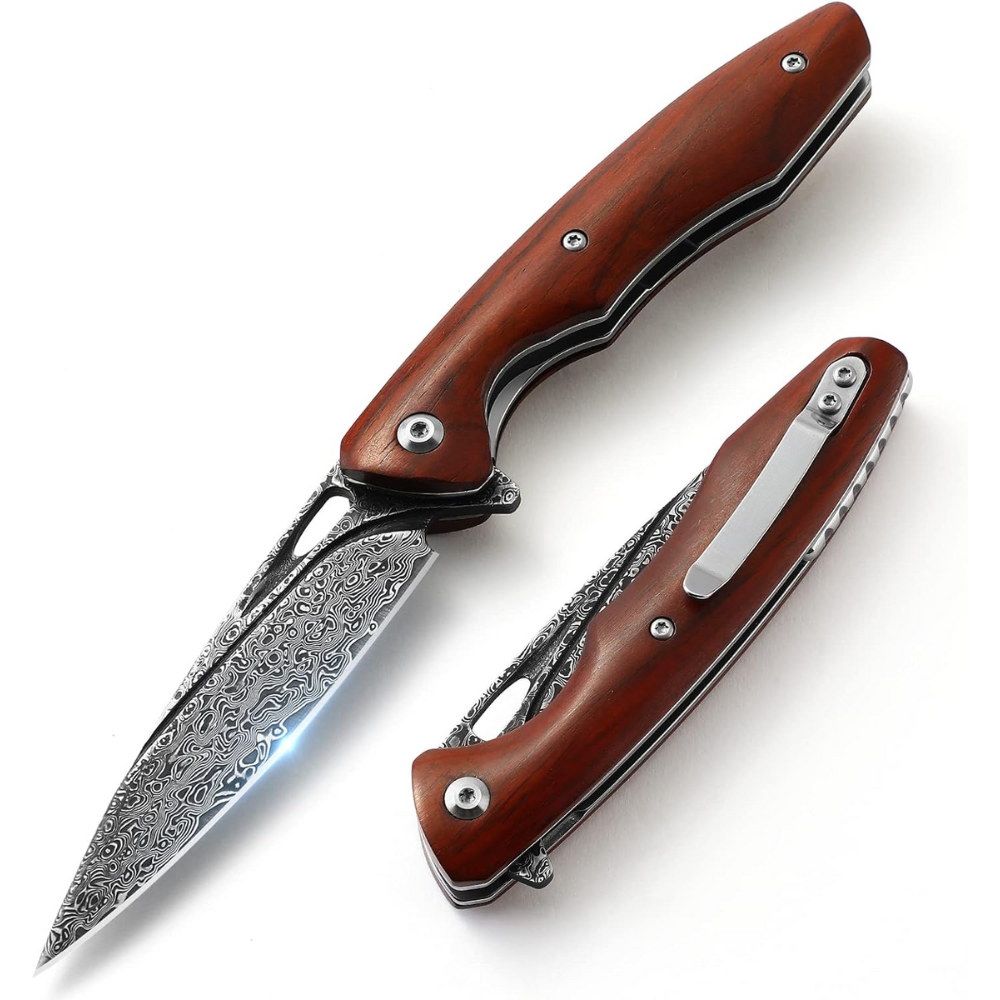
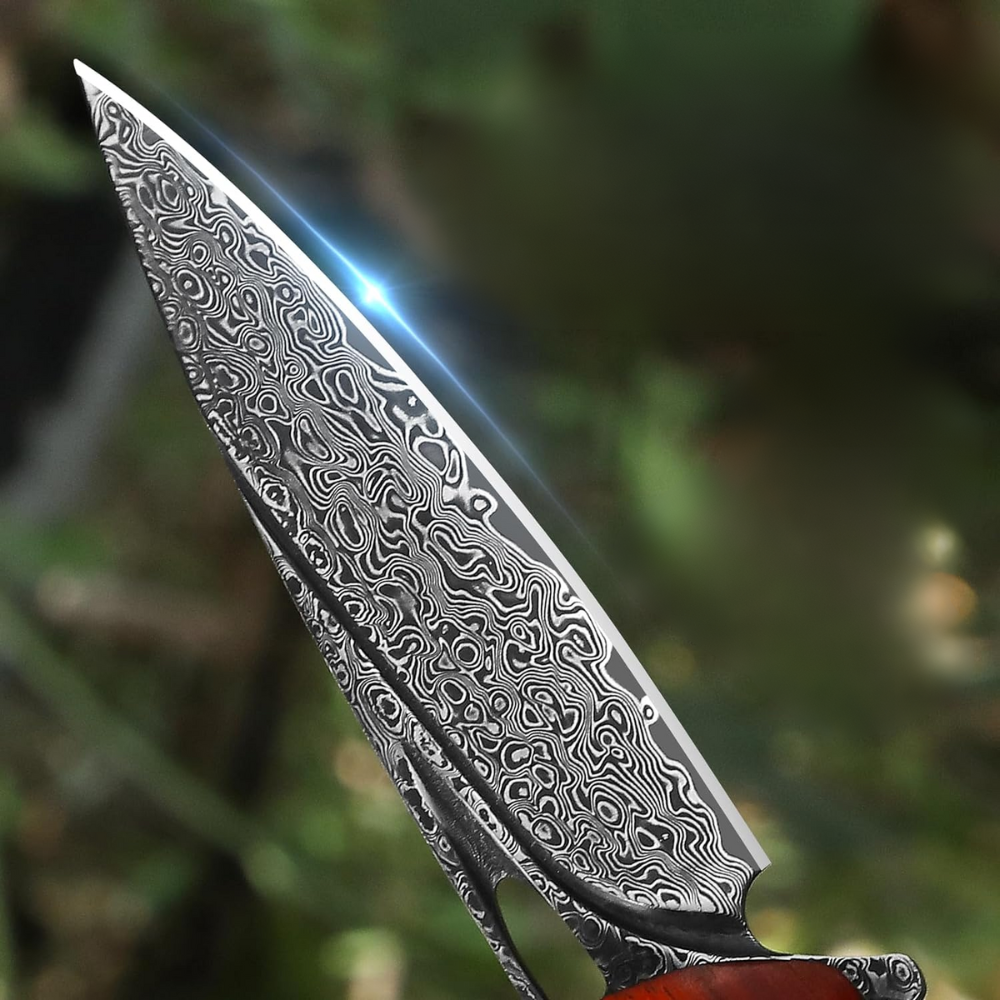

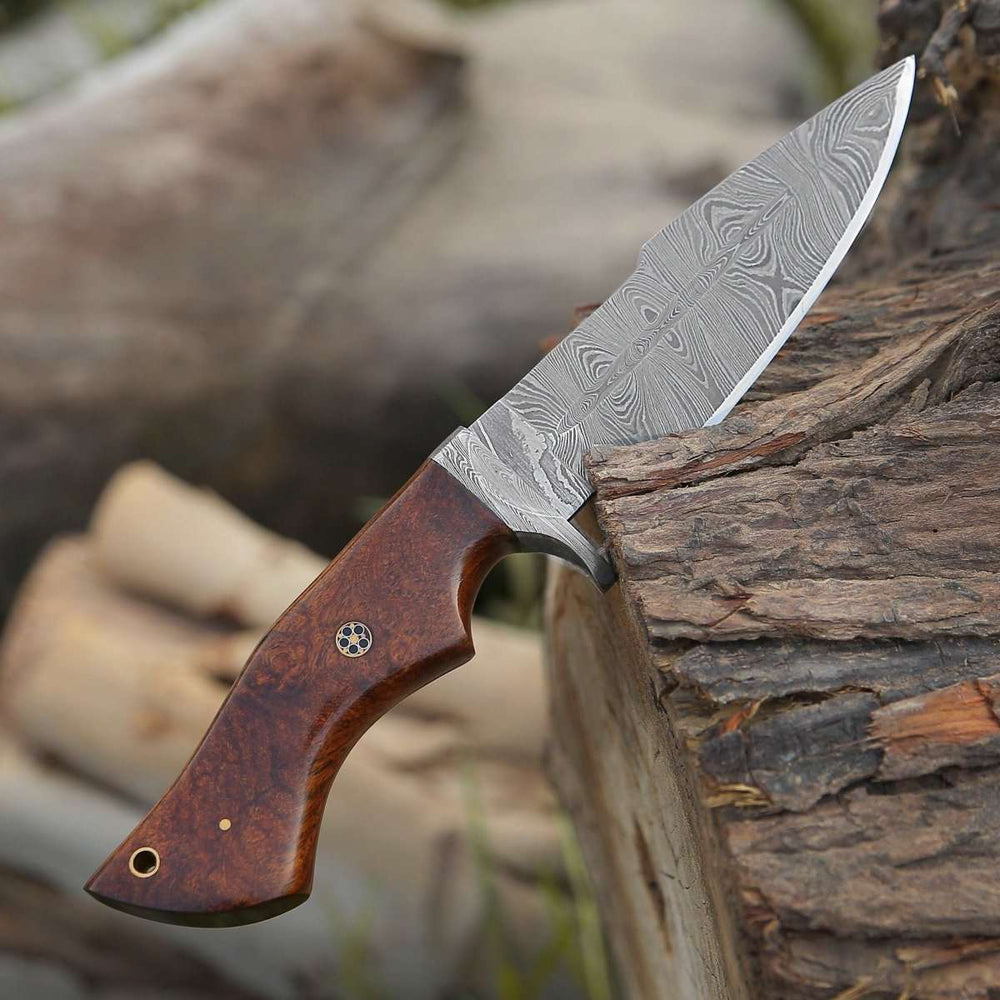
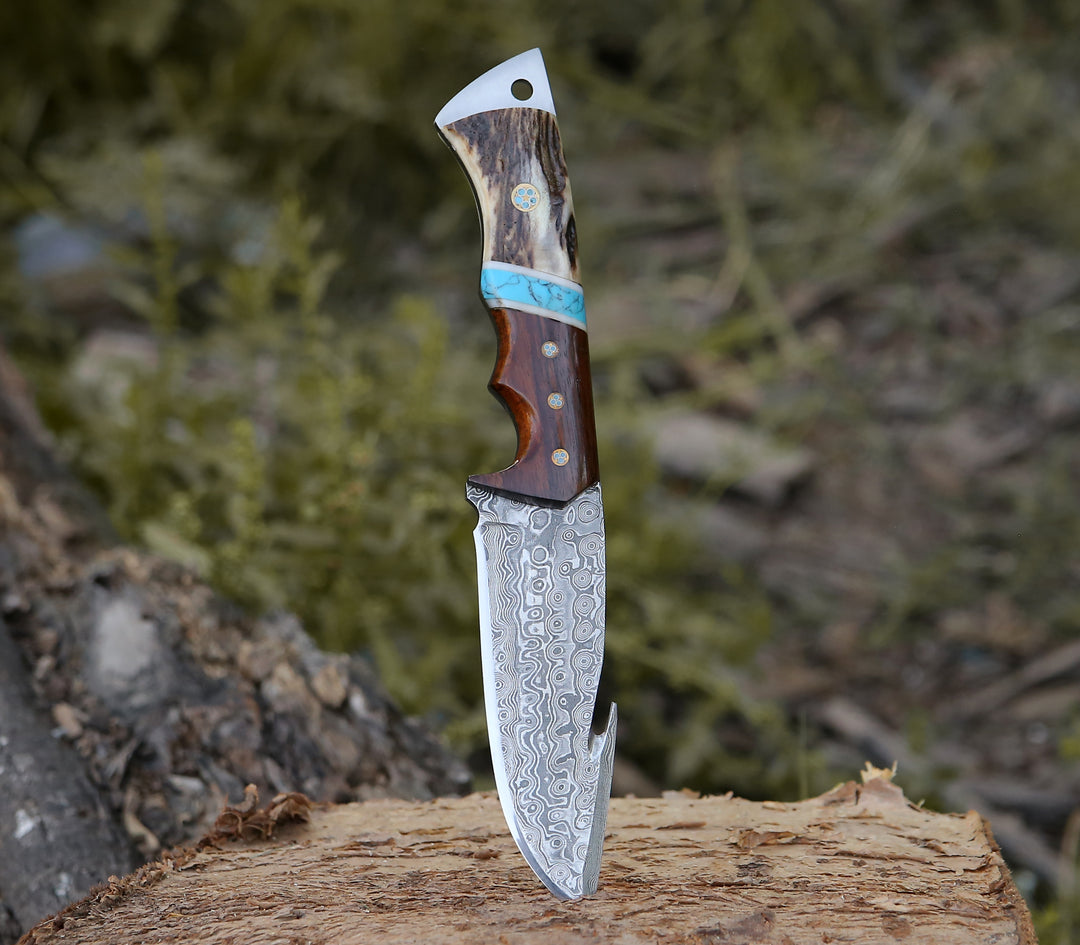
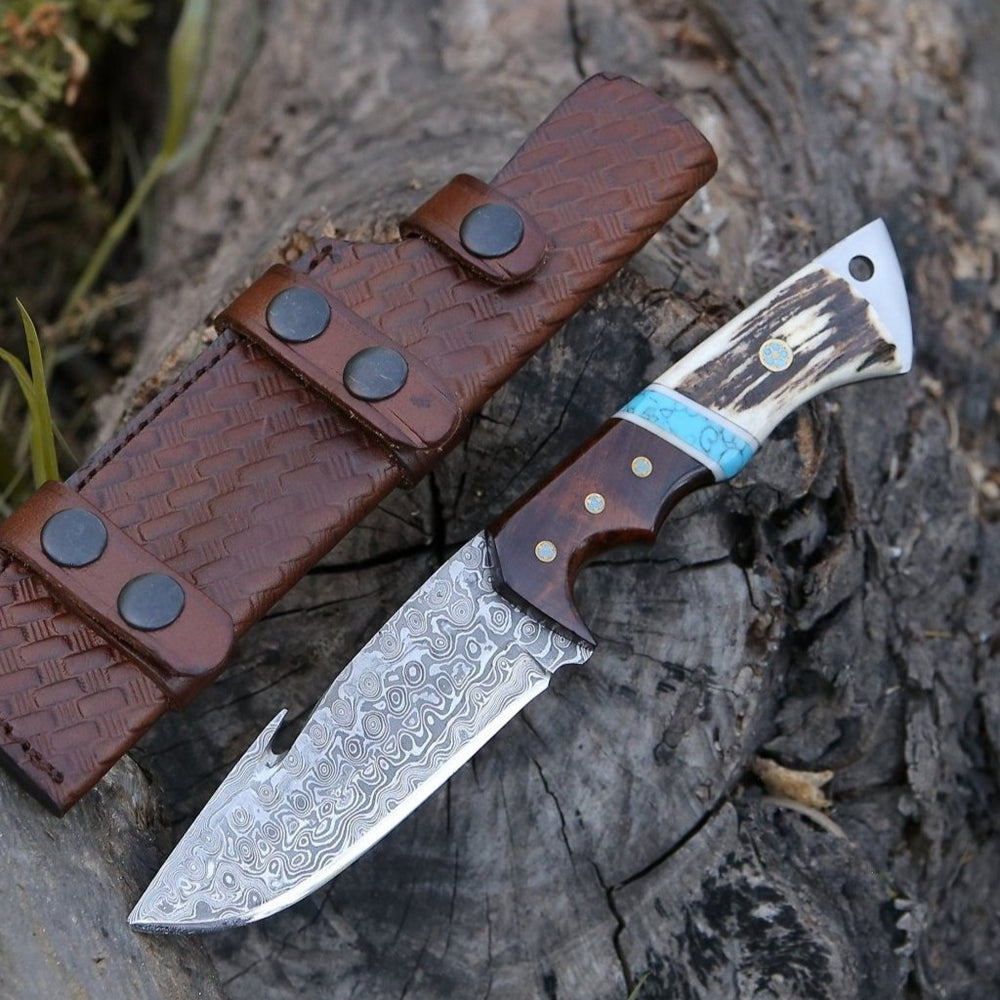
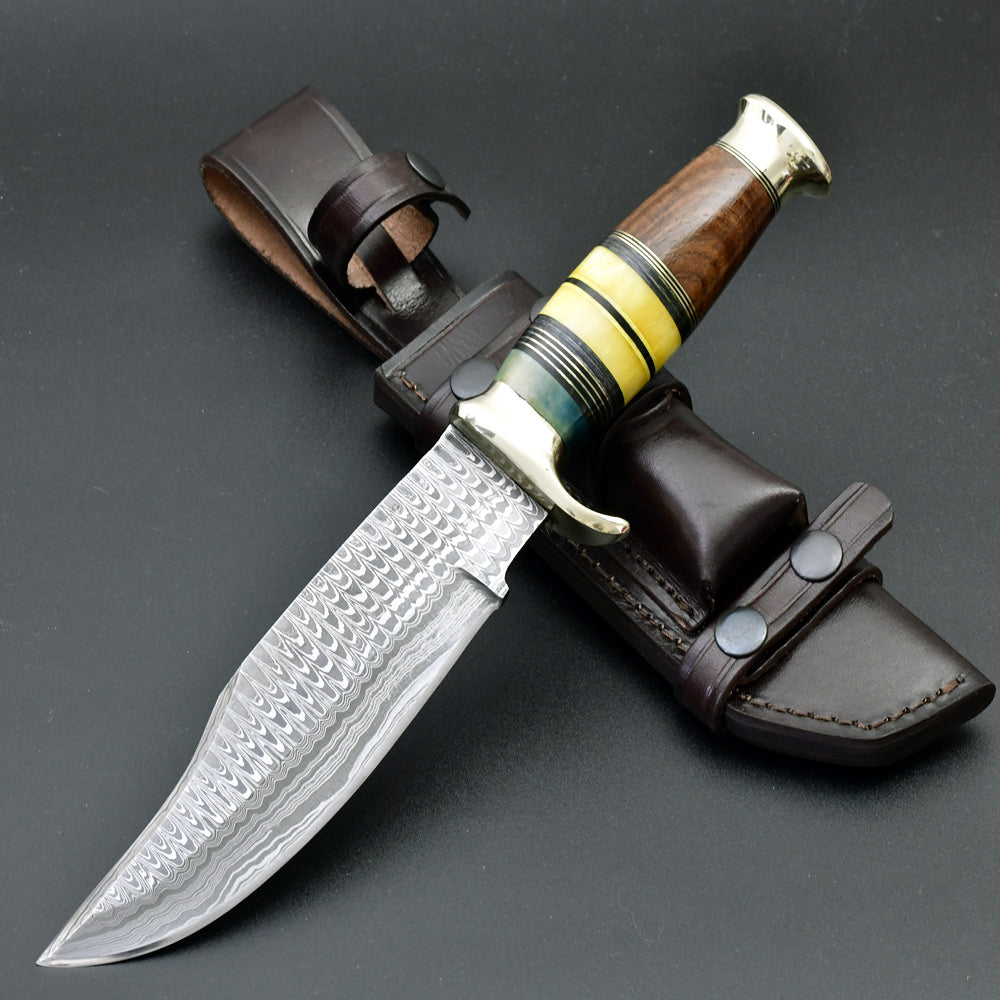
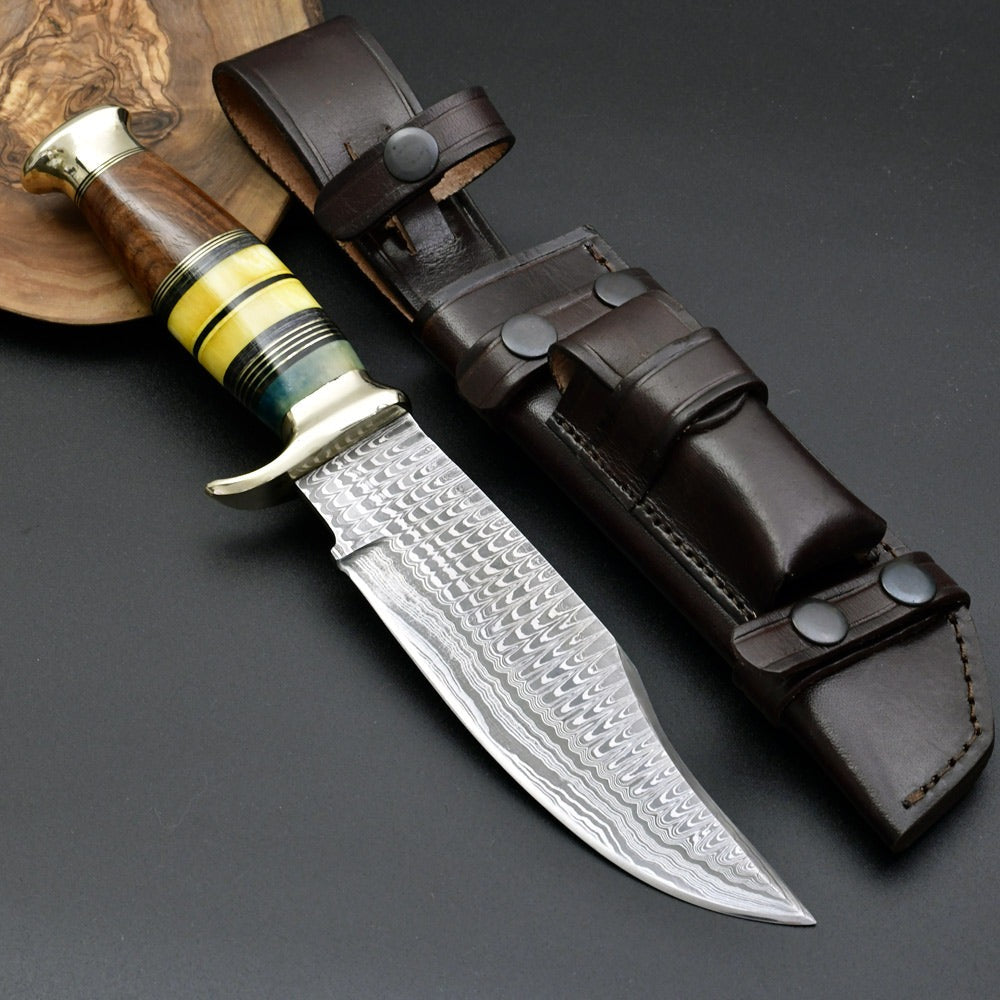
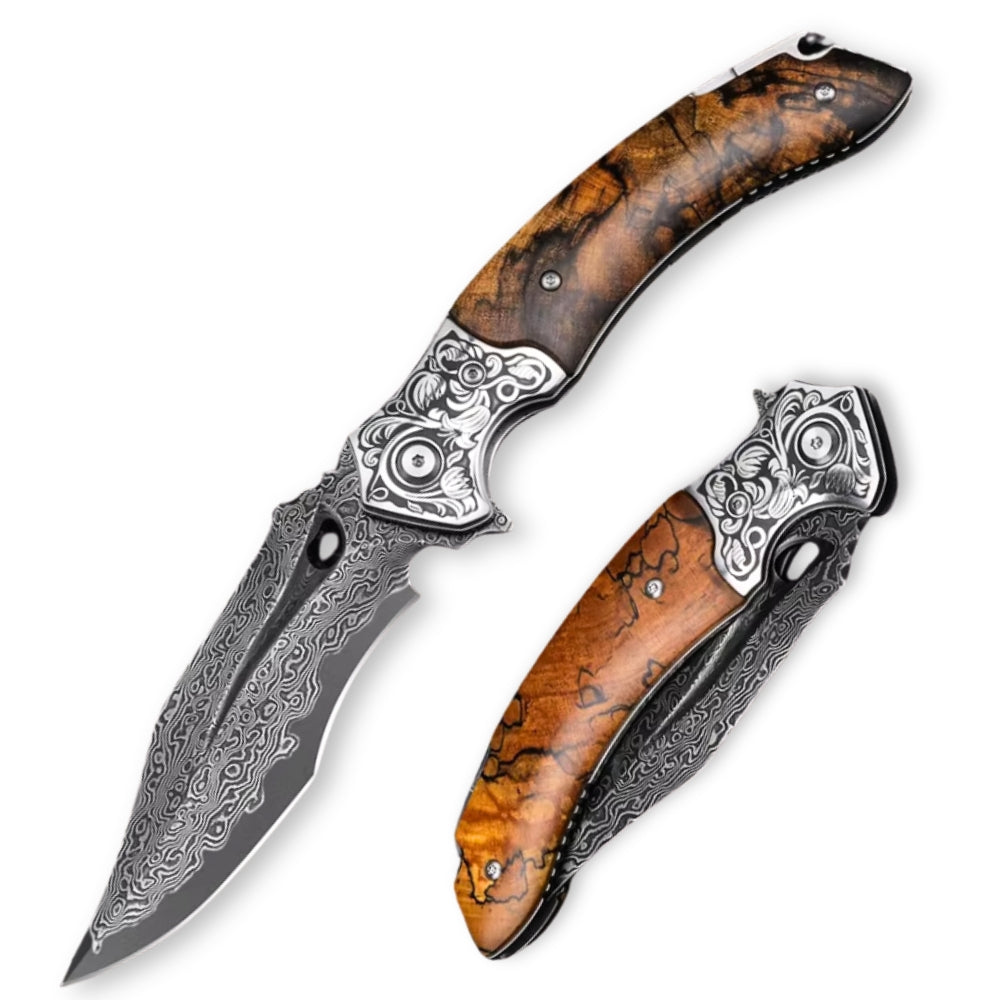
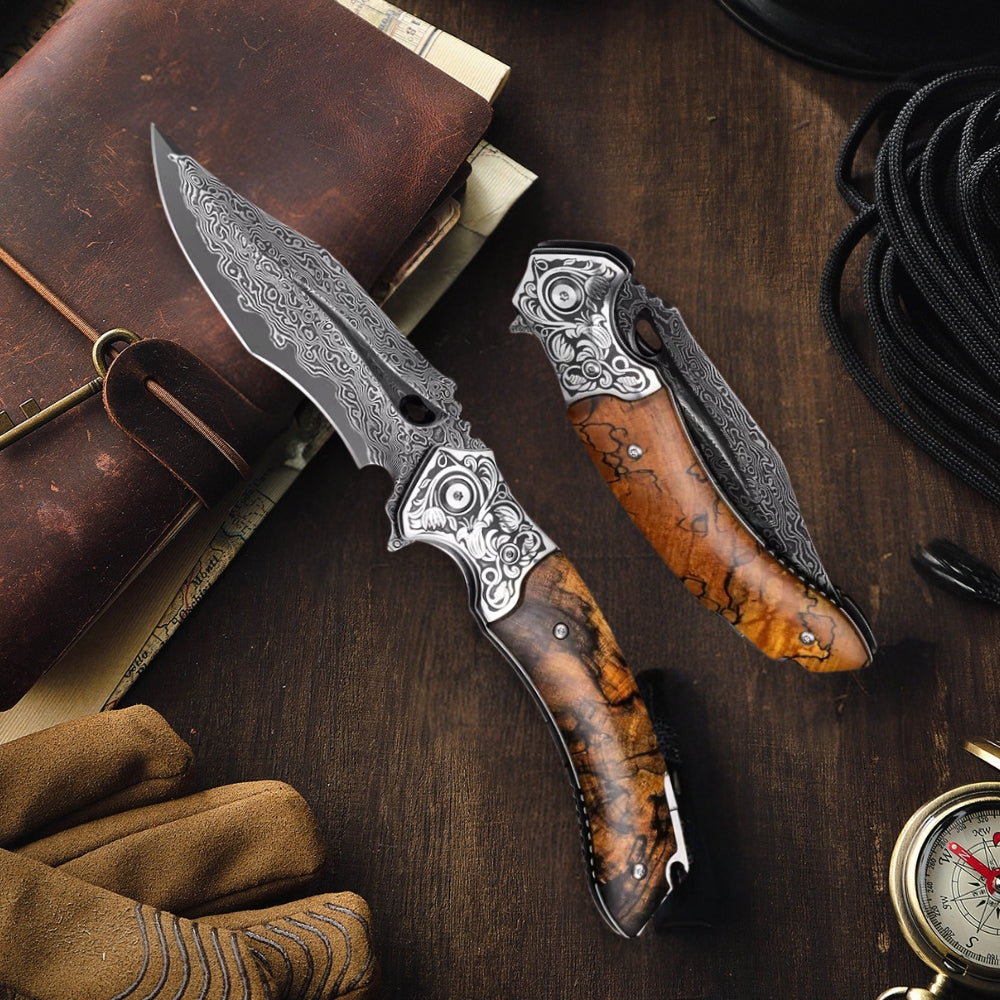

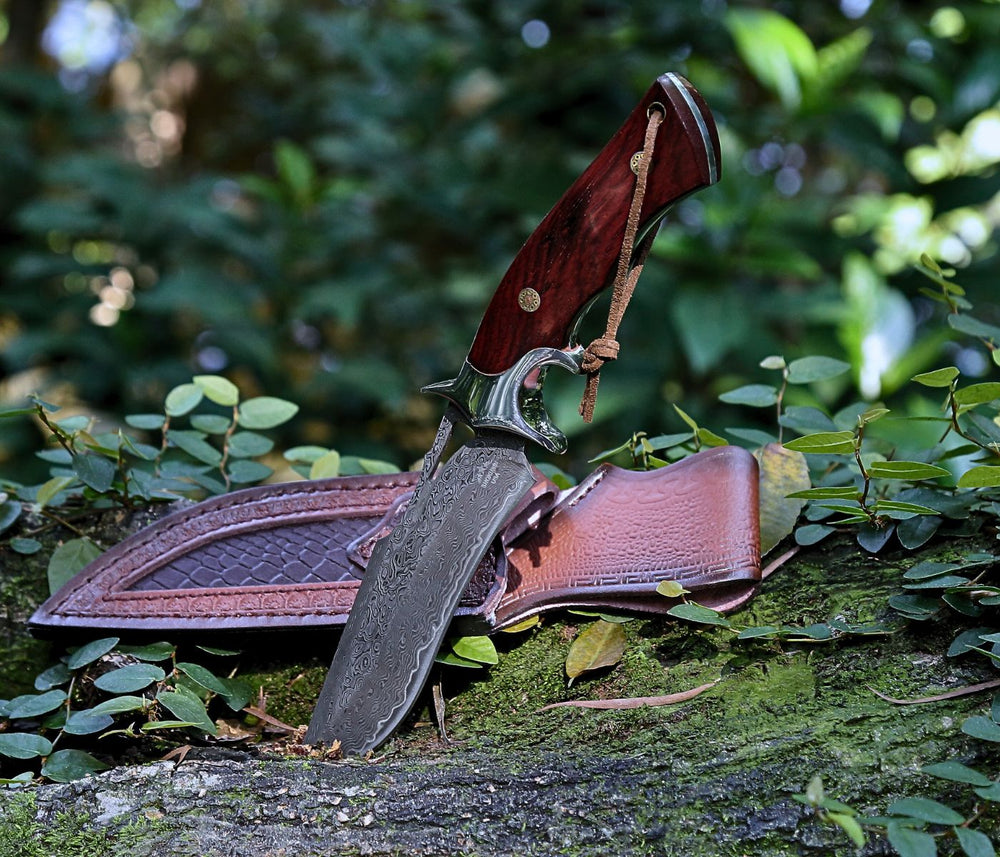


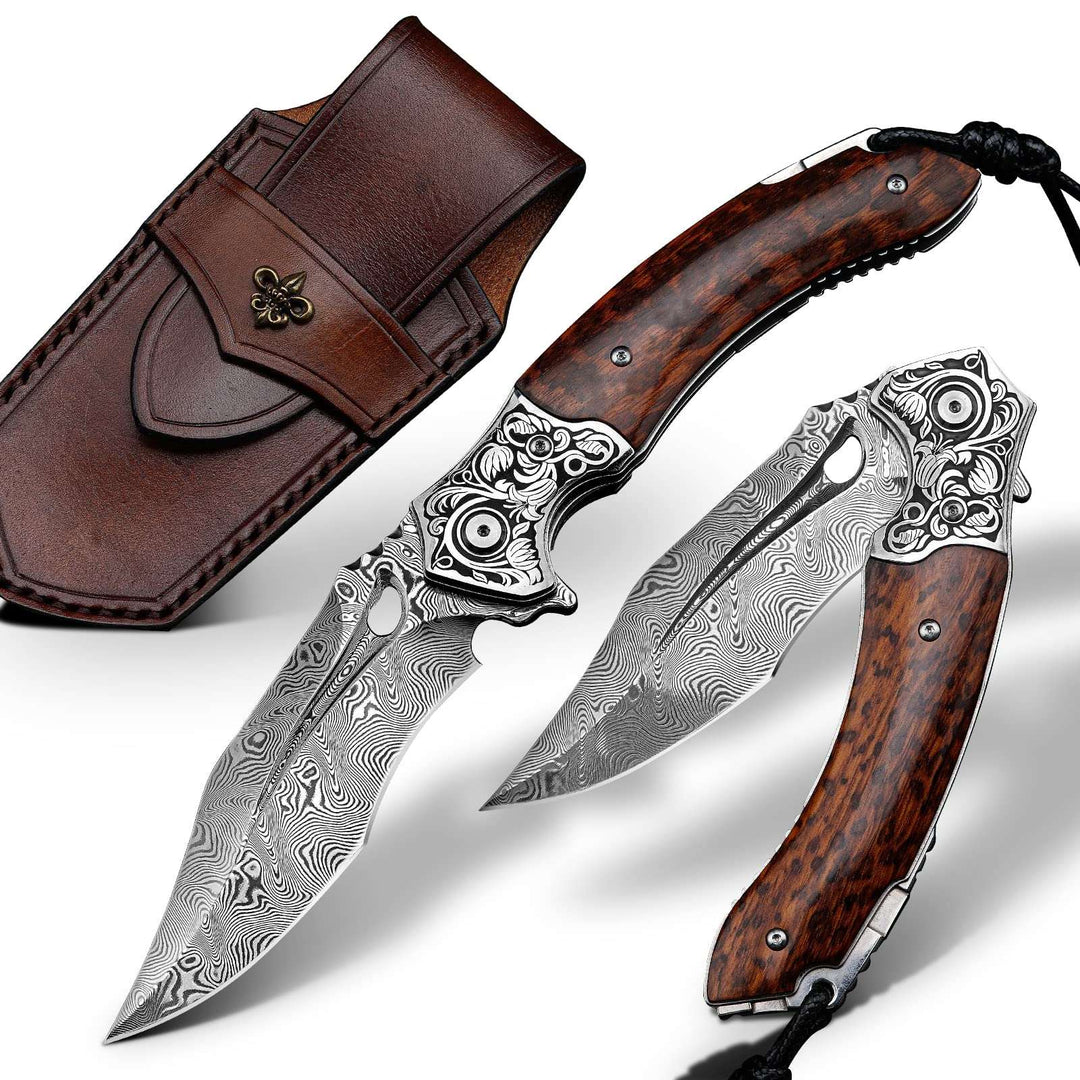

Leave a comment